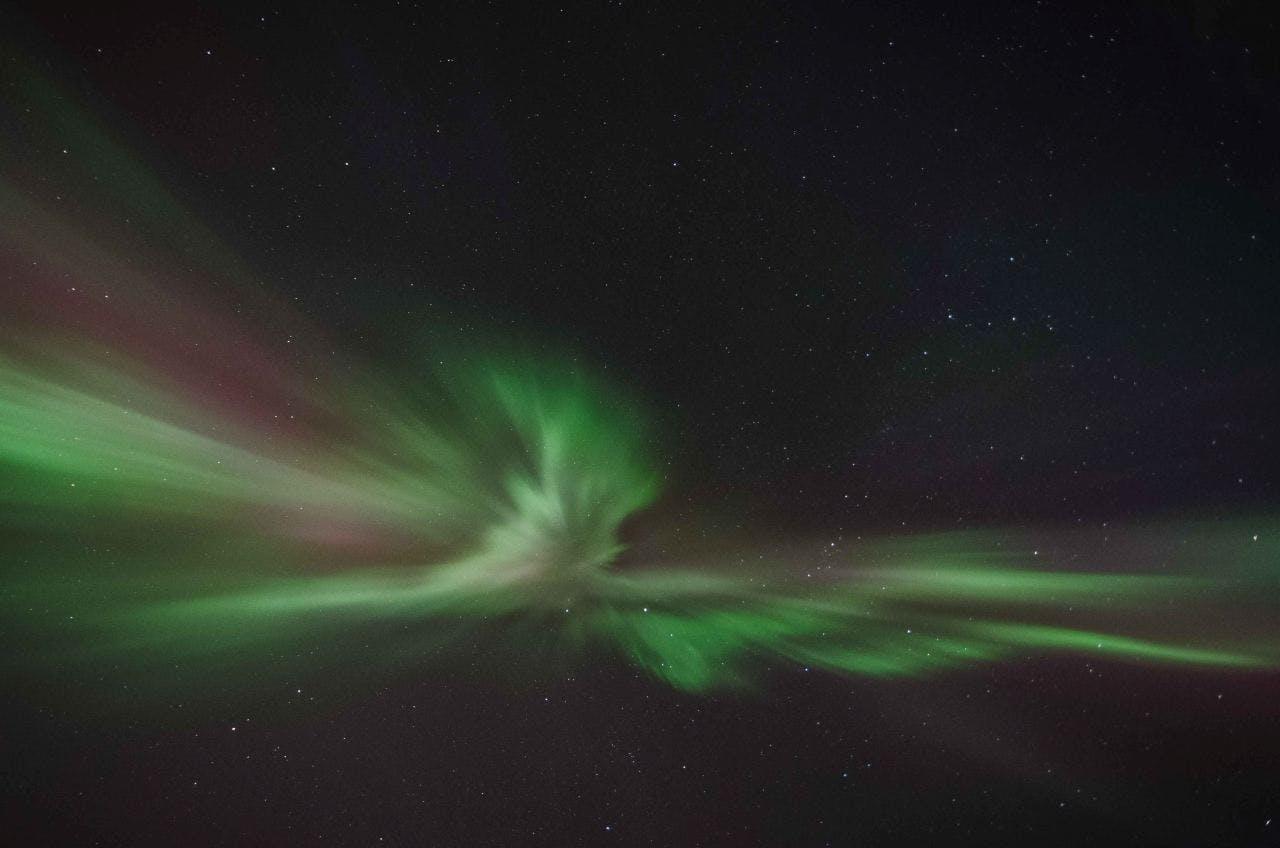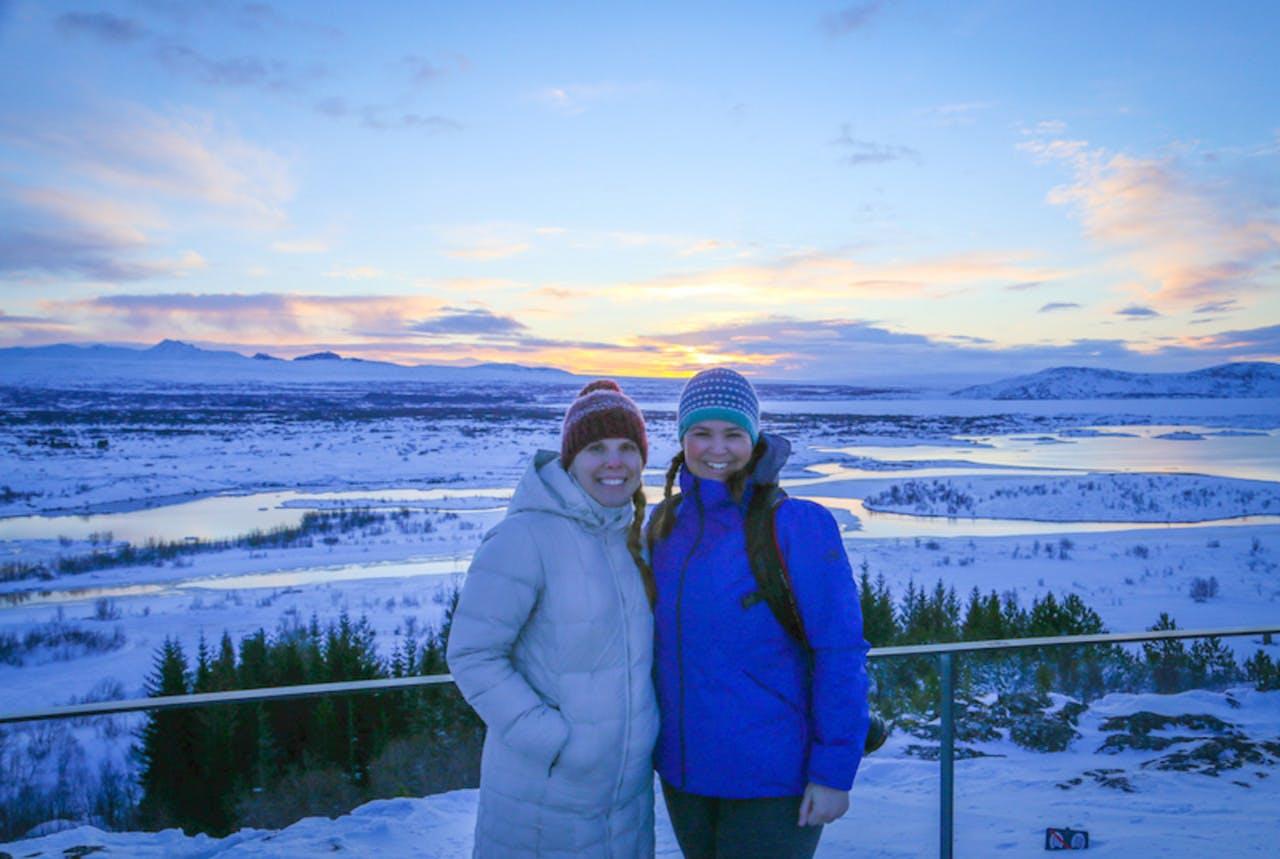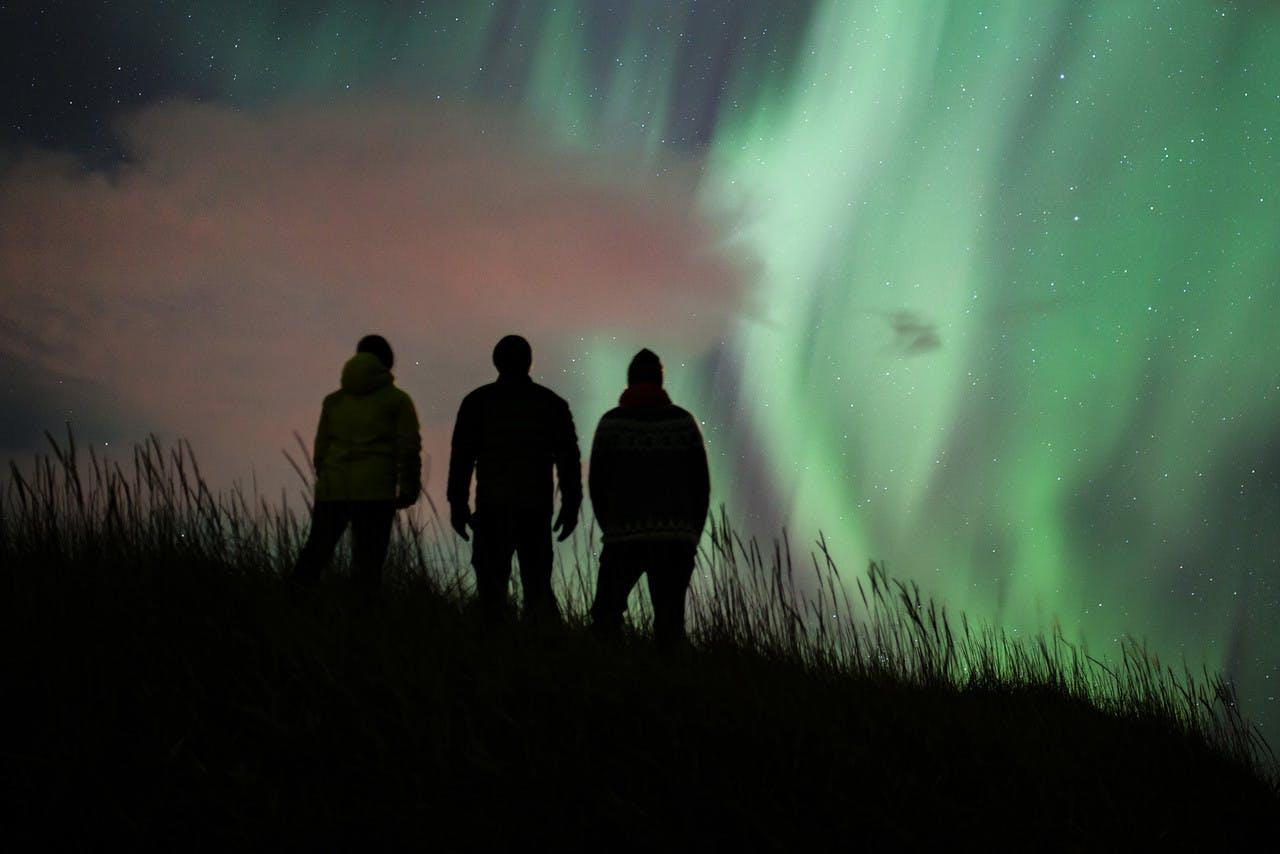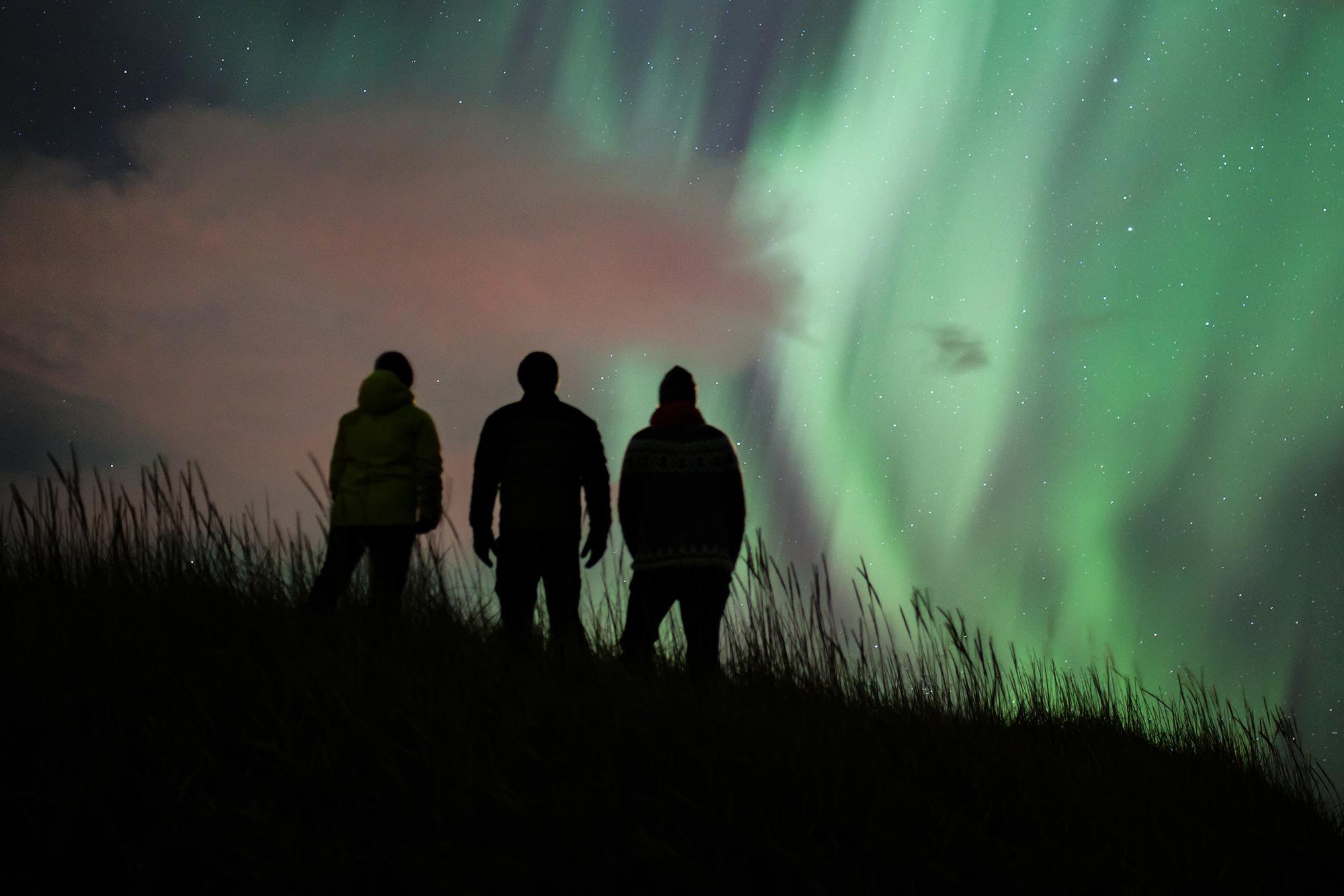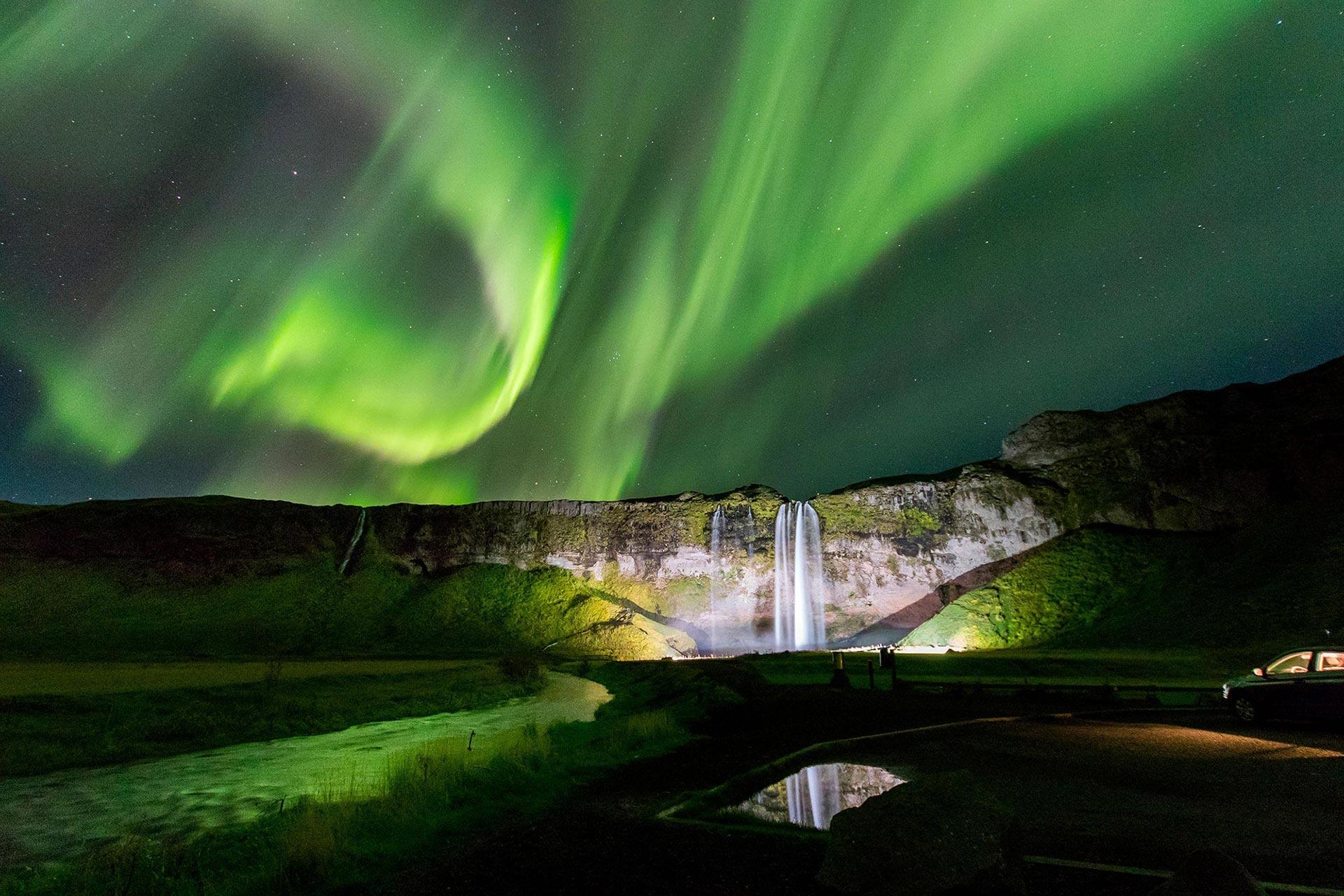Iceland's Northern Lights (Aurora Borealis)
| All, DISCOVER ICELAND, Travel Guide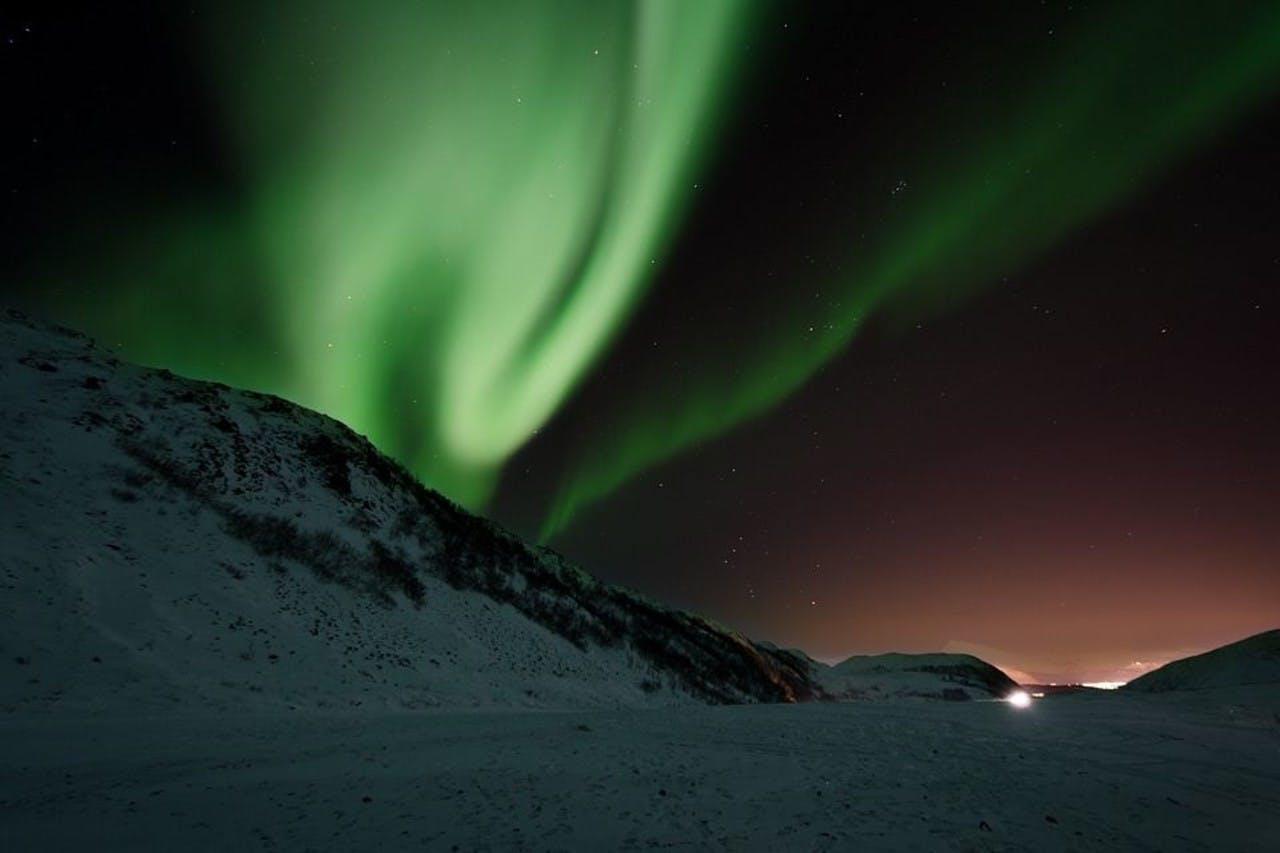
Aurora Borealis
What are the Northern Lights?
The Northern Lights are the resulting impact of electrically charged particles from the Sun that enter the Earth’s atmosphere and collide with gaseous particles. The Aurora Borealis are seen above the magnetic northern pole and the Aurora Australis are seen above the magnetic South pole.
There is a connection between the auroras and the activity of spots on the Sun. Solar winds, which are electrons and protons escaping the Sun’s magnetic field, are blown towards the Earth and increase the occurrences of the auroras. Most of the particles are deflected by the Earth’s magnetic fields, except for at the magnetic poles, where the field is feebler.
The lights appear in many different shades such as red, yellow, green, blue and violet. However, pale green and pink are the most commonly reported shades. The colors that are displayed are connected with the kind of gas particles that collide with the Sun’s electrically charged particles. The pale green color is produced by low-altitude oxygen molecules that exist approximately 60 miles above the Earth’s surface. The more sporadic all-red auroras, alternatively, are produced by oxygen located in a much higher altitude, about 200 miles above the Earth. Additionally, purple-red auroras and blue auroras are produced by Nitrogen. Generally, the auroras extend between 50 miles to 400 miles above the surface of the Earth. There are many different arrangements that the auroras form, such as scattered clouds of light, to streaming, arcing, rippling, or shooting rays that fill the sky with an iridescent glow.
When can you see the Northern Lights?
The Aurora Borealis, meaning “dawn of the north,” are beautiful lights that dance across the northern sky of Iceland. The Northern Lights are visible in Iceland. They are best experienced in the southern and eastern areas of Iceland, at midnight, on clear nights from September to April. The phenomena occurs all year long, but because of Iceland’s midnight Sun during its summer months, it obscures the light of the Aurora Borealis.
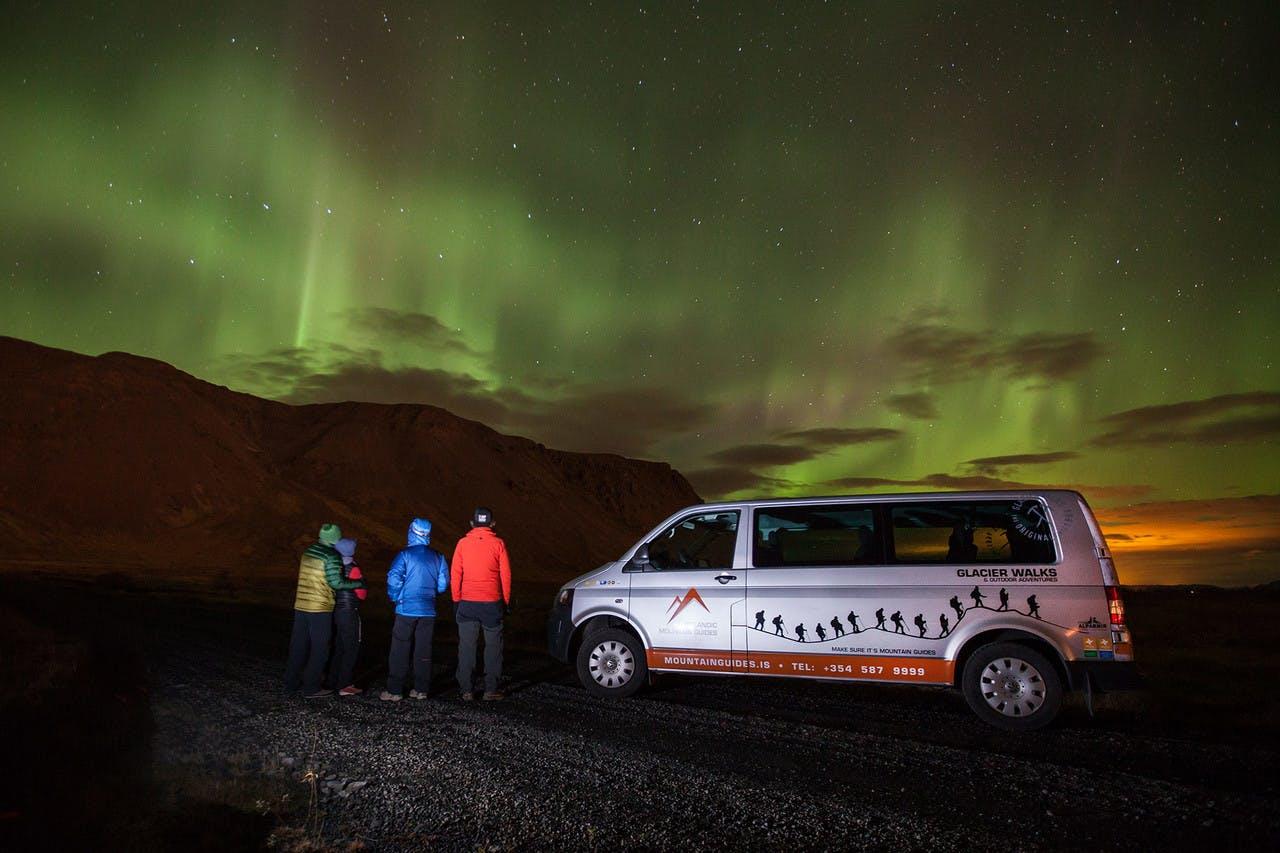
How to see the Northern Lights?
Iceland Northern Lights visibility depends on the weather conditions, cloud coverage and darkness in the sky. Remember to check vedur.is for the weather and aurora borealis forecast before heading out. In order to get a great picture of these stunning lights in the night sky, make sure to read our popular post. "How to Capture the Northern Lights."
Iceland Northern Lights Adventures
Some people head off to find the northern lights in Iceland on their own, while others prefer to have a professional guide help them to hunt them. The advantage of a guide is that they know the lay of the land and can take you to places that might give you a better chance of seeing the Northern Lights in Iceland. Check out our selection of Iceland Northern Lights tours below to find the right one for you.
Keep me informed about the Icelandic Mountain Guides Blog
Outdoor adventure in Iceland is our specialty. Subscribe to our free monthly newsletter to learn when to go, what to do and where to have the best adventures in Iceland.
